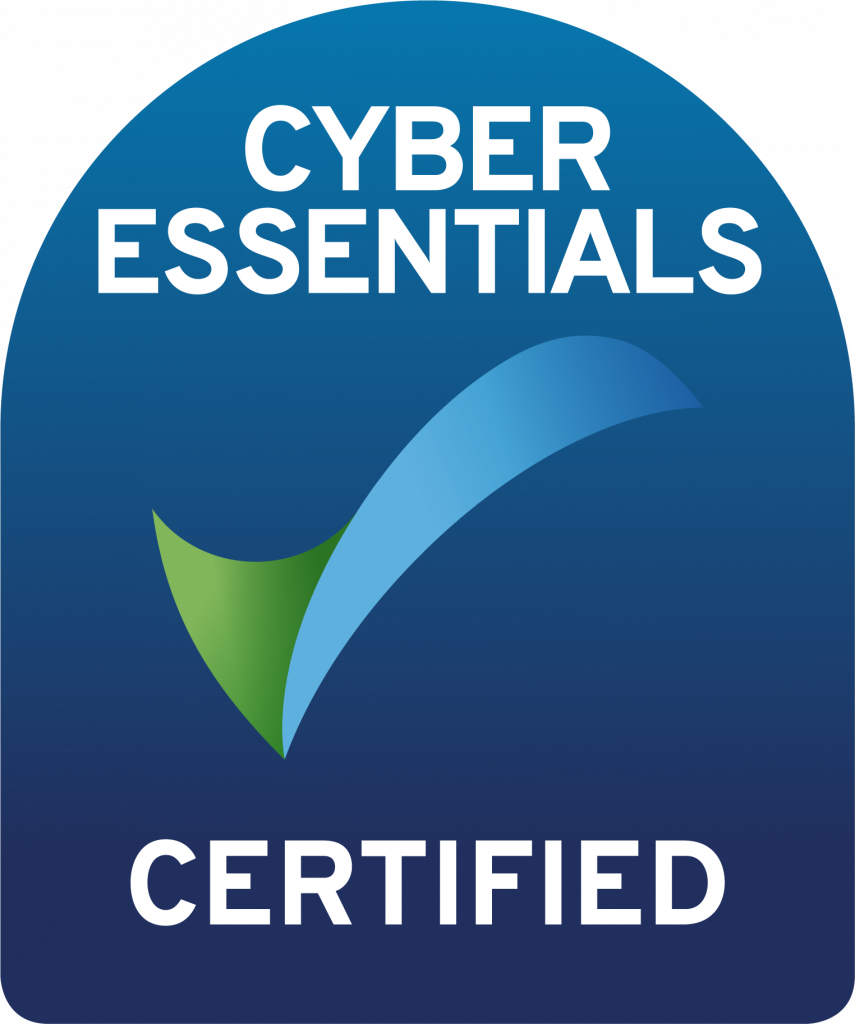by Jax Kneppers
One of the most difficult aspects in the rental market is disputes arising between landlord and tenant, either during or at the conclusion of the tenancy.
According to mydeposits.com, an estimated 1.2% to 1.8% of deposits submitted will be involved in a dispute requiring adjudication.
The Deposit Protection Service (DPS) reports that 8,929 adjudications were completed in the UK since 2007, whilst in 2010 alone, there were 3,150 completed adjudications.
The DPS reports that 44% of the awards were split between the landlord and the tenant, and only 18% of the landlords sufficiently proved their claims.The key factors reported for the poor results include:
- A fully-executed tenant agreement was not submitted as evidence
- Poorly established expectations and performance requirements
- Poor or non-existent move-in / move-out reports
- Disagreement regarding damages and events during course of the tenancy
- Disagreement regarding useful life / reasonable wear and tear
- Disagreement regarding cost to repair.
So, what can landlords do to avoid a dispute?
Establish the move-in condition of the property, producing a comprehensive and reliable record. A minimal inventory should include a schedule of conditions with photographs to corroborate and it should be signed and dated by both tenant and landlord.
Evaluate the property’s condition at the end of the tenancy agreement. As soon as the property has been vacated, and the keys have been handed back, make sure you carry out a full evaluation of the property, comparing it to the records that were agreed at the start of the tenancy to find any discrepancies.
Whilst there is always the possibility of a dispute arising, it is important to ensure smart solutions are adopted by both tenant and landlord in order to make the process efficient, reliable and transparent.
Utilising devices such as smartphones to capture the condition of a property in an organised fashion and saving this data in a secure server eliminates the many steps involved in the more traditional paper based data collection system.
More importantly, the data can be accessed at any time from any location and can be configured to capture the condition of the property during a specific point in time, tracking the events during the course of the tenancy, enabling comparisons in the condition of the property to establish any changes.
Sharing this data with all parties during the course of the tenancy eliminates potential areas for dispute.




